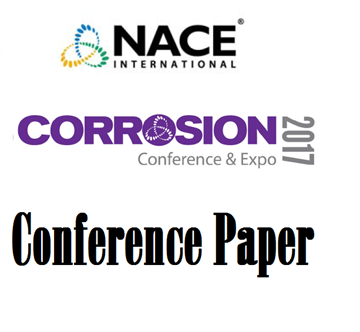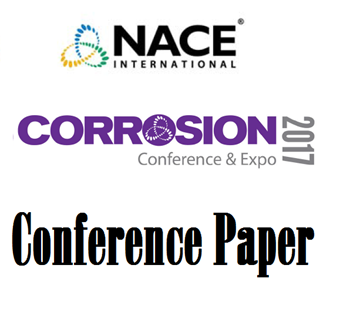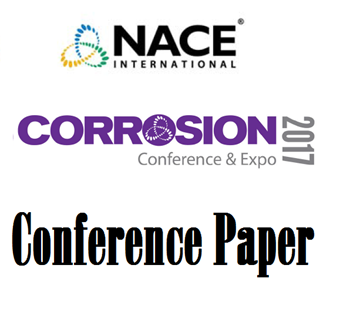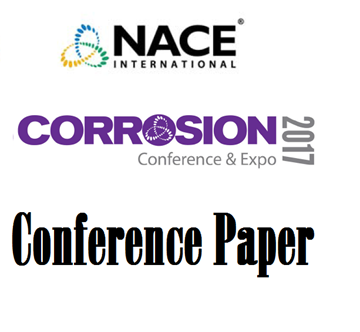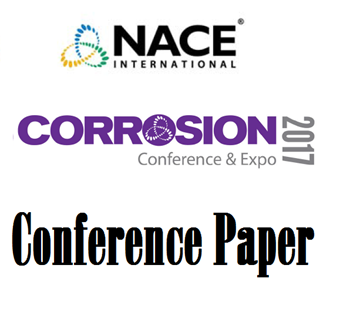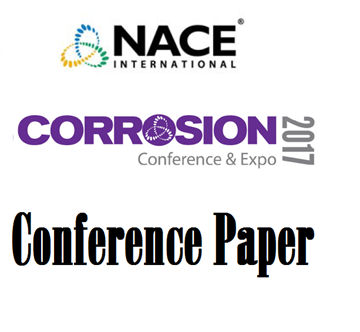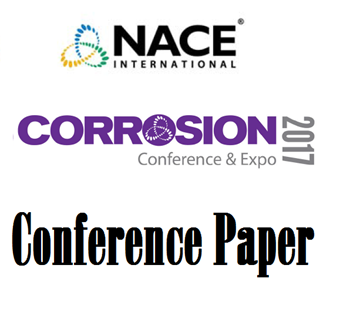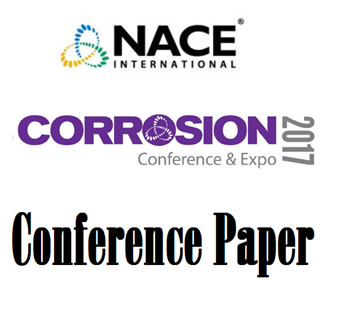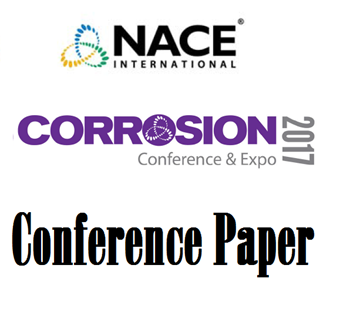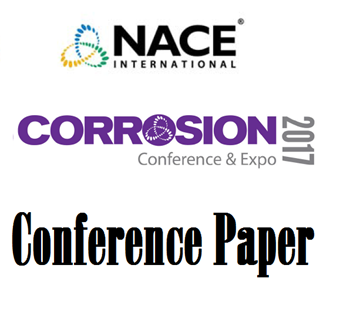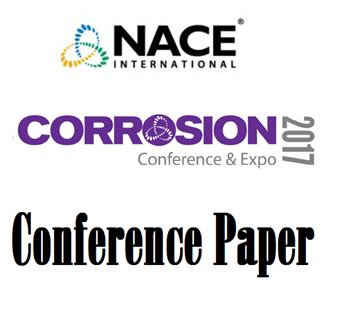Search
Products tagged with '2017 Conference Papers'
View as
Sort by
Display
per page
51317--9486-Life Assessments of Steam Chests and Valve Casings at Four Fossil Fuel Thermal Power Units
Product Number:
51317--9486-SG
ISBN:
9486 2017 CP
Publication Date:
2017
$20.00
51317-9488-Development and Assessment of Environmentally-Friendly Corrosion Stain Remover for Navy Topside Coatings
Product Number:
51317-9488-SG
ISBN:
9488 2017 CP
Publication Date:
2017
$20.00
51317--9489-Stochastic Modeling of Non-Uniform Corrosion of Carbon and Low Alloy Steel during Chemical Cleaning
Product Number:
51317--9489-SG
ISBN:
9489 2017 CP
Publication Date:
2017
$20.00
51317--9494-Considerations for Repairing Live Piping Using Engineered Composite Repair Systems
Product Number:
51317--9494-SG
ISBN:
9494 2017 CP
Publication Date:
2017
$20.00
51317--9496-Qualification and Application of Ultrasonic Technology for Power Plant Component Fouling Control
Product Number:
51317--9496-SG
ISBN:
9496 2017 CP
Publication Date:
2017
$20.00
51317--9497-Corrosion Evaluation of Alloys For High Temperature Service in Molten Fluoride Salt Cooled Reactors
Product Number:
51317--9497-SG
ISBN:
9497 2017 CP
Publication Date:
2017
$20.00
51317--9504-Validation of Corrosion Growth Rate Models
Product Number:
51317--9504-SG
ISBN:
9504 2017 CP
Publication Date:
2017
$20.00
51317--9505-Automated Waveform Analysis: Advanced CP Data Processing and Analysis for Corrosion Monitoring
Product Number:
51317--9505-SG
ISBN:
9505 2017 CP
Publication Date:
2017
$20.00
51317--9506-Testing and Design of Nonmetallic Composite Repair Systems for Pipeline Intergity
Product Number:
51317--9506-SG
ISBN:
9506 2017 CP
Publication Date:
2017
$20.00
51317--9510-Towards an Effective Corroded Pipelines Integrity Analysis
Product Number:
51317--9510-SG
ISBN:
9510 2017 CP
Publication Date:
2017
$20.00
51317--9513-Monitoring Pitting Corrosion Growth in Steel Rebar Using Optical Fiber
Product Number:
51317--9513-SG
ISBN:
9513 2017 CP
Publication Date:
2017
$20.00
51317--9514-Work Life Balance – Revisiting the Relationship Between Desalting Efficiency and Overhead Corrosion
Product Number:
51317--9514-SG
ISBN:
9514 2017 CP
Publication Date:
2017
$20.00

